The Korean Words You Won’t Learn In Class: Onomatopoeia & Mimetic Words
Onomatopoeia, or words that represent sounds, are really common in children’s stories obviously, and make the story all the more fun to listen to. Most people that come to Korea to teach English probably hear these words from their students in class and don’t realize what they are.
Children mimic the sounds we make but as a teacher, we might say ‘meow’ and then our students will deduce what we’re referring to and then respond with the ‘yaong’ which is what Koreans think cats sound like.
Did you know, there is also a whole other set of words that we don’t even have words for in English? Mimetic words are words that describe movement. These words are really similar to onomatopoeia, but instead of representing sounds, they are feelings and motions.

Anyway, here’s a substantial list of those fun Korean words you probably won’t learn in class but you’ll certainly here once or twice if you come to visit.
Here are the lists of onomatopoeic and mimetic words you can find here:
- Korean Onomatopoeic Words
- Korean Mimetic Words
- How To Study Korean
- Onomatopoeia & Mimetic Words In Korean
(This post contains affiliate links, which means I receive a certain percentage of a sale if you purchase after clicking at no cost to you. Thank you for your support.)
Korean Onomatopoeic Words
Onomatopoeic words, heeseongeo (의성어) in Korean, are fun to learn and will help you if you’re working with children in Korea, reading stories, or just want to add some of the common sounds we add when we’re telling stories in our own languages.
Korean Mimetic Words
Mimetic words, uitaeeo (의태어), are an interesting group of words that are similar to onomatopoeic words but instead of describing sound, they describe movement and motion. These descriptive words add a lot to the imagery for Koreans.
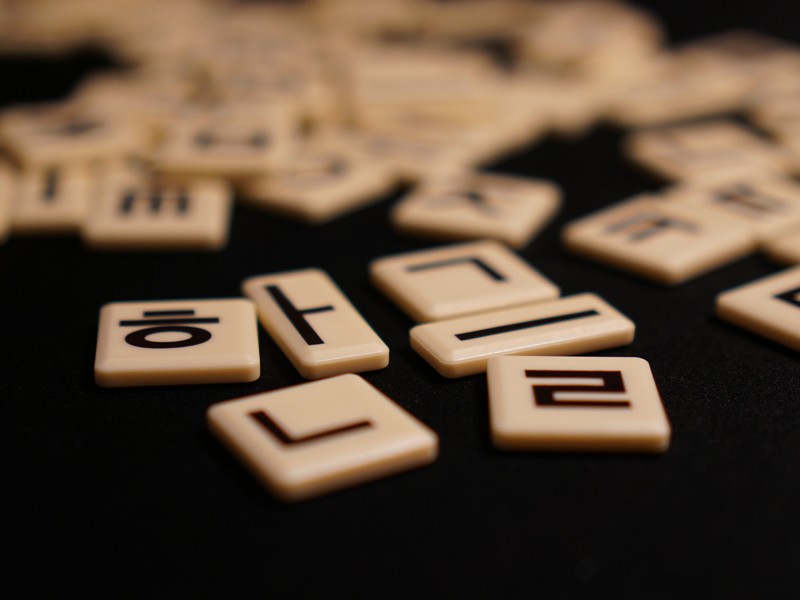
How To Study Korean
Interestingly, when I asked my husband to go over these with me and make sure they were correct, we had a bit of a conundrum as he realized some of them he spelled differently. He then wondered if some words he uses are Busan dialect. I think this is interesting because there is absolutely slang and dialect and these kinds of words can easily be used in one region but not another.
It’s not really easy to just remember them in my opinion. When I hear them in conversation or in a story, it’s much easier to understand and remember what the word is. With that in mind, here is what you should know if you want to learn these words in Korean:
- Find a Korean learning program that works for you. Here are best online Korean courses if you want to study Korean online.
- Try making flashcards with the object, animals, or body parts that would make the sound.
- Check out the best Korean textbook series on the market today.
- Read Korean comics (manhwa (만화)) which utilize these words a lot or even children’s storybooks. I’ve actually written a bilingual storybook for my own bilingual child. You can find The Sun & The Moon Story and The Thunderous Hello on Amazon.
- Check out some more of my posts about what I’ve learned. You might find these interesting:
Onomatopoeia & Mimetic Words In Korean
Animal Sounds In Korean
There are some words in any language that you would probably only ever learn if you had a child. The sounds that animals make, for example, is probably a section of words that most adults just really don’t need to know. When my daughter was quite small, I listened as my husband read stories to her and was intrigued by the numerous words that I’d never learned in any Korean class, but were adorable words I liked to hear. Here are what animals say in Korean.
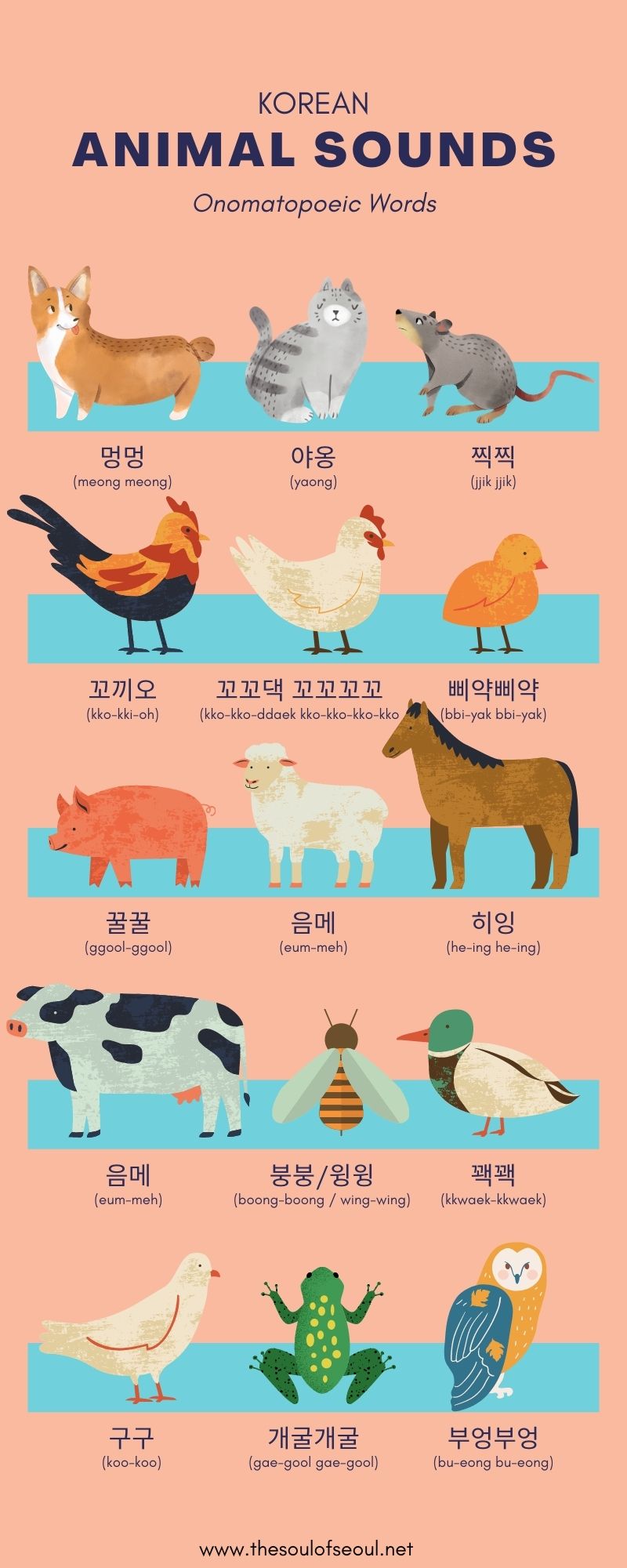
Extras:
- 달그락 달그락 – clattering sound of horse hoofs
Sounds Made In Nature In Korean
Nature sounds are fun to bring into any story and they definitely show up in the two books I’ve written and had translated: The Sun & The Moon Story and The Thunderous Hello. Can you guess which ones are in the books? Make your stories even more realistic with these nature sounds and movements. Note that there are some mimetic words on this list as well. They are differentiated by the use of the word “sound” or lack of the word.
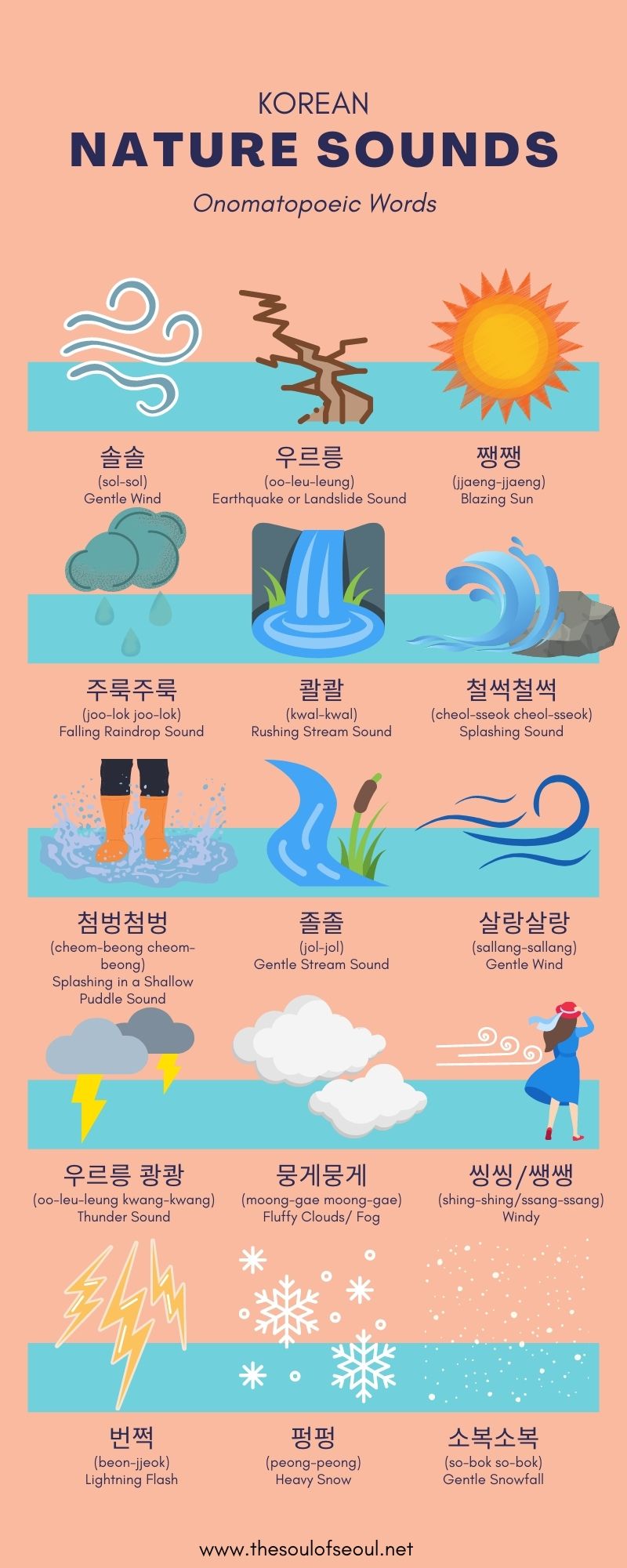
Body Sounds In Korean
Our bodies make all kinds of noises, don’t they? Or is that just me? Here is a list of onomatopoeic words to use if you’re describing your body or someone else’s.
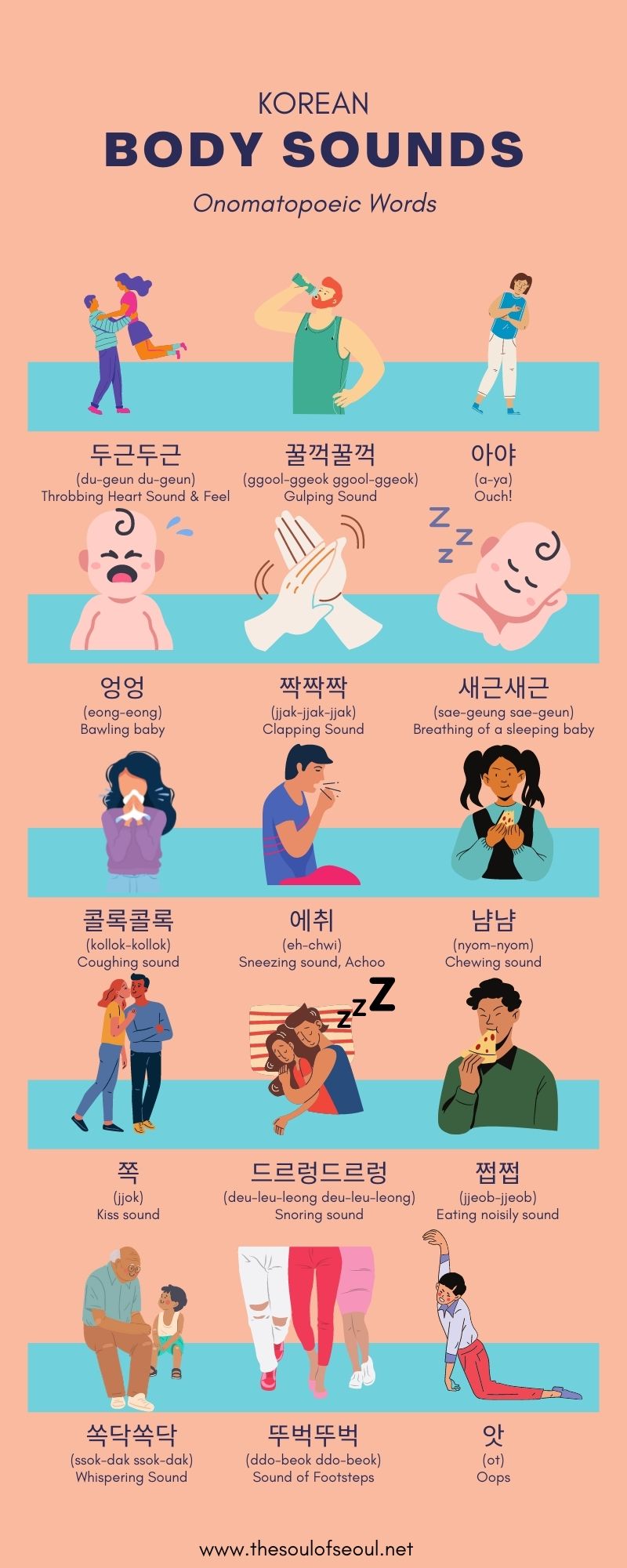
Extras:
- 꽝 (ggwang): a crashing sound (also the sound made when you lose a game)
- 우걱우걱 (oo-geok oo-geok): Chewing food voraciously
- 쿵쿵 (koong-koong): Stomping Sound
Sounds Made By Objects In Korean
Those stories you’re writing won’t be nearly as good without some of these sounds. Here’s what a phone sounds like in Korean and what the police car and firetruck say. Ever wonder what a creaky door sounds like in Korean? This the list that might interest you.
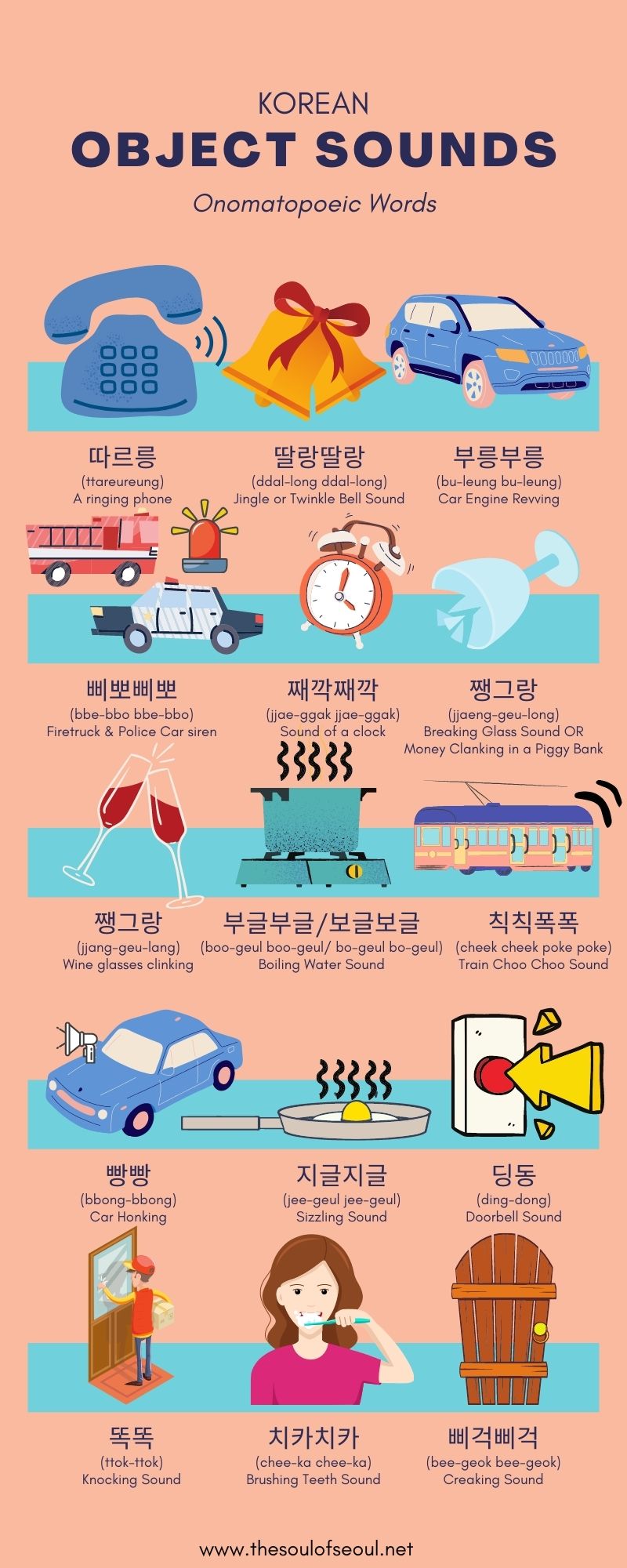
Extras:
- 뚬바뚬바 acapella sound
More Korean Mimetic Words
These are the mimetic words that I’ve heard used most often. Koreans use these kinds of words a lot so if you start to study them, I’m sure you’ll start to hear them all around you and on dramas too.
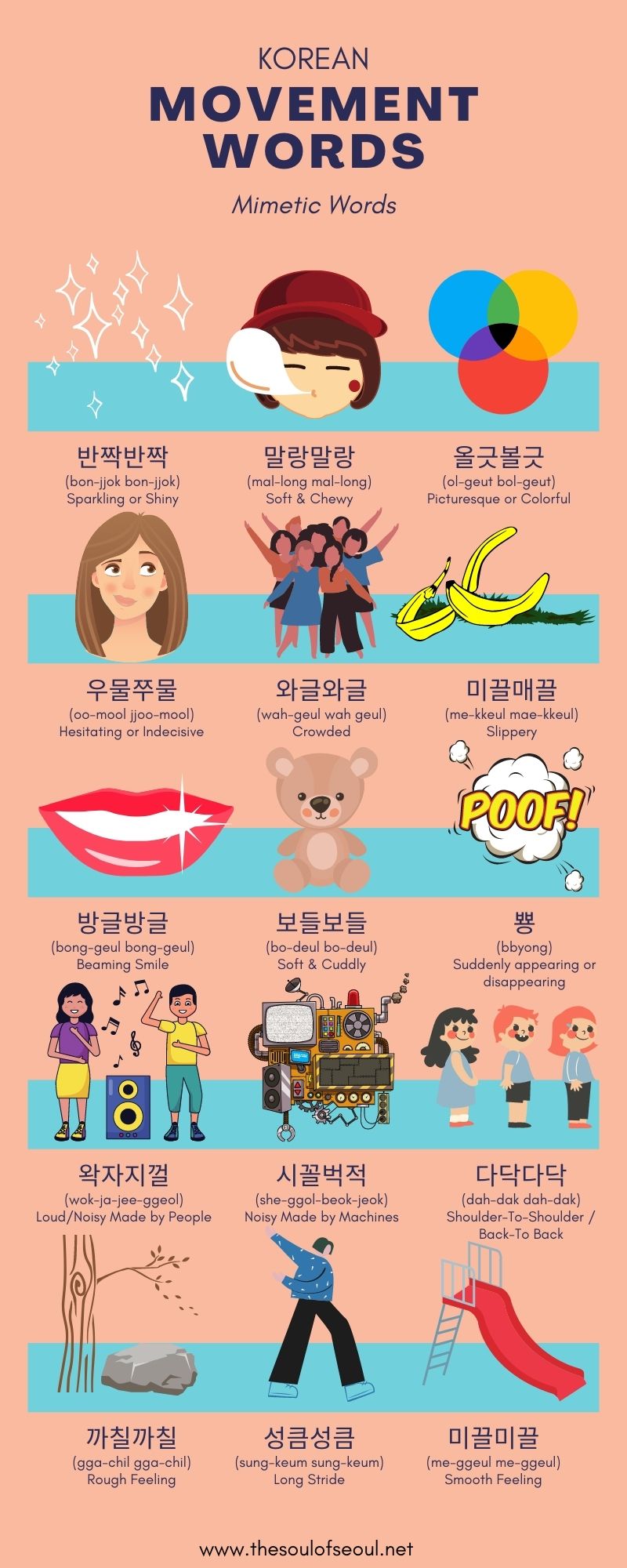
Just like adjectives and descriptive words in English and any language, there are a whole lot more that you can find in Korean too. However, this is a good place to start if you’re studying Korean and interested and making your language usage more interesting and descriptive.
Think I should add some to this list? Comment below.
Think something is spelled differently? Let’s discuss… maybe it’s dialect and you didn’t realize it or maybe it’s Seoul-mal and my husband didn’t realize it’s dialect. Either way, it’s interesting for everyone. Share share share!
Did you like this post? Pin It!
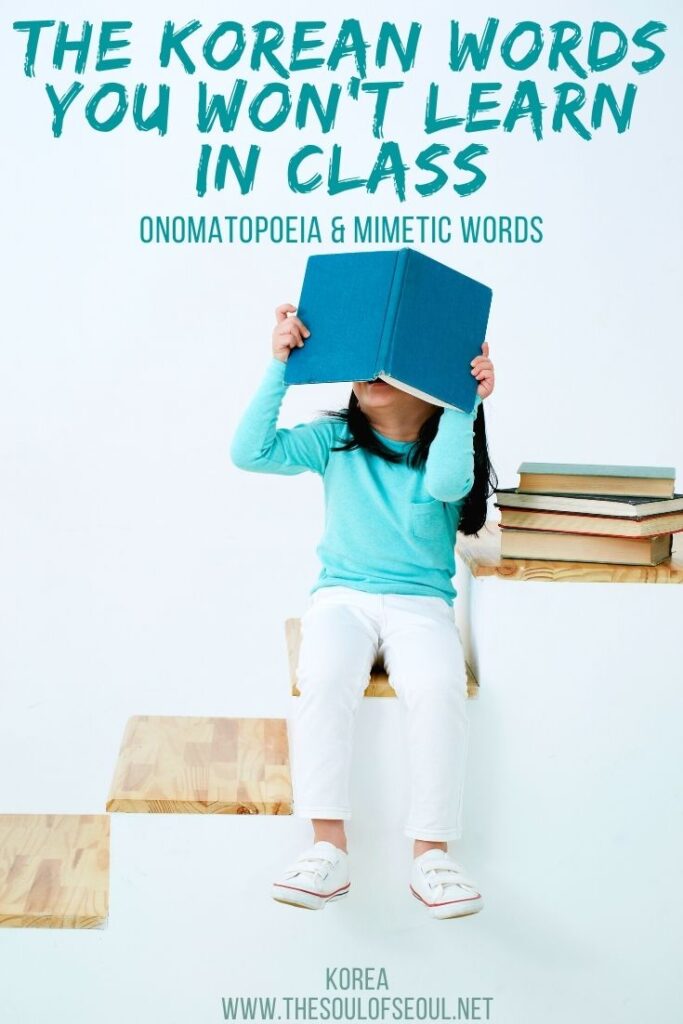
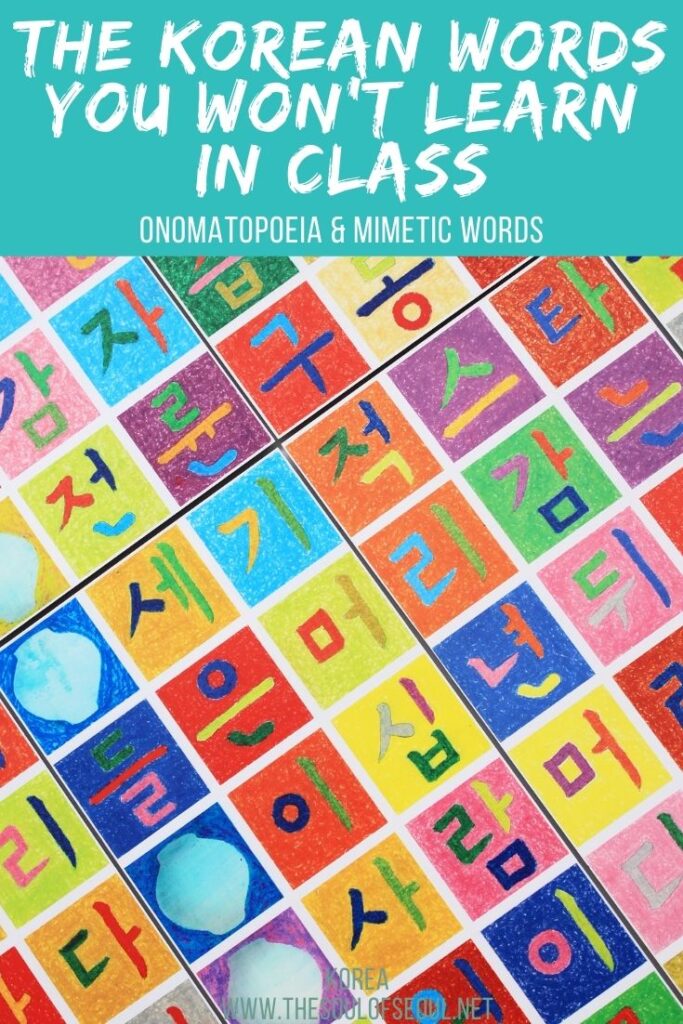



5 Comments
Laynie
Thanks for this post! I’m just starting to learn Korean, and things like this are really fun. I’m bookmarking your site for more learning and fun!
Robert
Robert Sellers I dont see these words in my study great help
Christina
Thanks for this!
Anne
Great list! I never thought about learning these but I’m saving this so I can study/practice them!
Hallie Bradley
Yeah, I don’t think it’s easy to just learn a list of them which is probably why they’re not really taught in classes necessarily. You would naturally learn some of these when you teach kids because they use them a lot because they add so much description to stories. Easier to learn them as you tell a tall tale to someone haha.